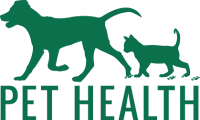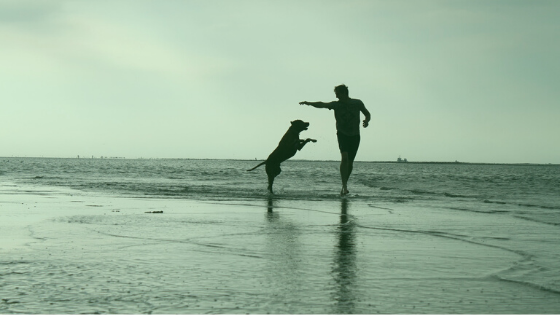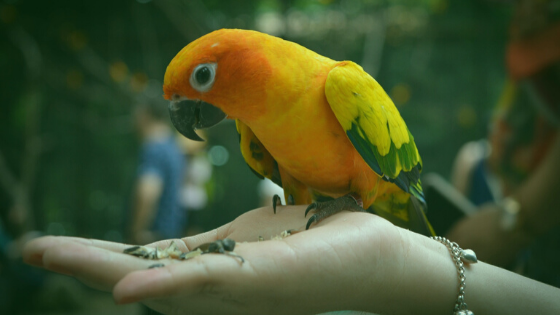The One Health Initiative:
The Collaboration between Human and Animal Medicine
 The idea of a “One Health” organization started with the AVMA, the American Veterinary Medical Association, back in 2006 who called together a multi-discipline task force to further develop the idea.
The idea of a “One Health” organization started with the AVMA, the American Veterinary Medical Association, back in 2006 who called together a multi-discipline task force to further develop the idea.
They called together representatives from many health professions to discuss the possibilities of blending and collaborating information, solutions and treatments in order to improve animal and human health and the environment. The information and ideas and final presentation they gathered can be found at www.onehealthinitiative.com.
The “One Health” movement calls for active collaboration between the professionals caring for animals and the professionals caring for humans.
More than 50% of households have pets. Pets can be a source of infection and contagion for households with infants, the elderly and those who have a compromised immune system. The veterinarians are the best source of information on the types of infections that appear in animals and how they are best treated. Proper treatment for the pets may be the first step to eradicate the infections in the human owners. At a minimum, those practitioners in human health should be inquiring about household pets as part of their routine intake procedures.
We often hear about people who have allergies to animals (which can be a sentinel of less than optimal immune system and adrenal functioning), however, pets have allergies too. In some cases, the humans and their pets can be suffering from similar environmental assaults. Understanding what is happening in the human might shed light on the maladies of the pet and vice versa.
You’ve heard the expression “canaries in the coal mine” when miners used canaries as a danger signal. If the air quality in the mine was compromised, the canaries would be the first to show it and alert the miners to get out. In a similar vein, since pets are usually smaller in size than their human owners, they could be the first to be affected by the chemicals sprayed on lawns and used in carpet cleaning or exposures to heavy metals like lead. Both people and their pets are at risk, but the veterinarian may be the first health care practitioner to identify the risk. The http://canarydatabase.org/ established by Yale University has a collection of studies identifying the presentation of toxicity in animals. Check out the parent site: http://www.humananimalmedicine.org for more “One Health” information.
Robert Sapolsky’s Why Zebras Don’t Get Ulcers illustrates information gleaned from observing the animal kingdom. This book relates how stress is responsible for many chronic diseases and how coping with stress can help alleviate human disease. If there is no lion, the zebras don’t worry about the next lion. Humans, on the other hand, can worry constantly, which may be the foundation behind their illnesses.
There are also the huge benefits enjoyed by people who keep pets as companions. These benefits can be mental, psychological, emotional and physical. Making Rounds with Oscar by David Dosa documents the wonderful empathy people experienced with this nursing home cat, which had very positive effects on the nursing home clients and their families.
The One Health Initiative extends its influence worldwide. Environmental issues like those killing the bee populations can have consequences that we haven’t begun to understand in both human and animal health. With worldwide concern and resources, this collaboration is a positive step toward preserving our world, the animals and ourselves.
- Sapolsky R. Why Zebras Don’t Get Ulcers (Third Edition). New York, NY: Holt; 2004.
- Dosa D. Making Rounds with Oscar: The Extraordinary Gift of an Ordinary Cat. New York, NY: Hyperion; 2010.
For more information, please visit these websites:
- One Health Initiative. www.onehealthinitiative.com
- Canary Database. www.canarydatabase.org
- Center for One Health Research www.humananimalmedicine.org
Written by Carol Petersen, RPh, CNP
Edited by the Staff at Pet Health
© Pet Health, a division of Women’s International Pharmacy, Inc.





